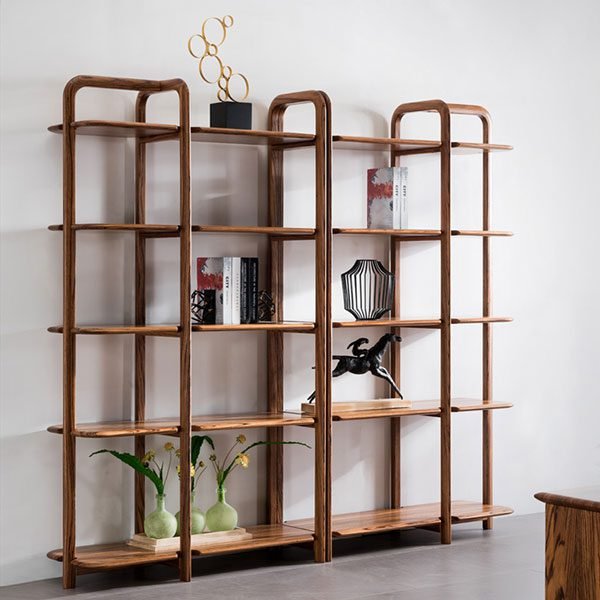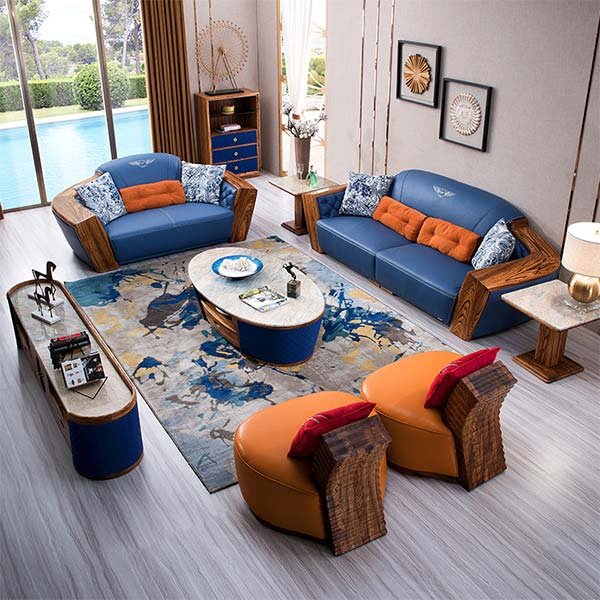“Unveiling the Strength: Softwood vs. Hardwood in Furniture Crafting”
Benefits of using softwood in furniture making
Benefits of using softwood in furniture making
Softwood is a popular choice for furniture making due to its numerous benefits. In this article, we will explore the advantages of using softwood in furniture making and gain insight into its durability compared to hardwood.
One of the main benefits of using softwood in furniture making is its affordability. Softwood, such as pine or cedar, is generally less expensive than hardwood, making it a cost-effective option for those on a budget. This affordability allows for more flexibility in design and allows individuals to furnish their homes without breaking the bank.
Another advantage of softwood is its versatility. Softwood can be easily shaped and carved, making it ideal for intricate designs and detailed craftsmanship. This flexibility allows furniture makers to create unique and personalized pieces that cater to individual tastes and preferences. Whether it’s a delicate chair leg or an ornate headboard, softwood can be easily manipulated to bring any design to life.
In addition to its affordability and versatility, softwood is also known for its lightweight nature. Unlike hardwood, which can be heavy and cumbersome, softwood is much easier to handle and transport. This makes it a practical choice for those who frequently move or rearrange their furniture. The lightweight nature of softwood also makes it easier to assemble and disassemble, allowing for hassle-free maintenance and repairs.
Durability is often a concern when it comes to softwood furniture. However, with proper care and maintenance, softwood can be just as durable as hardwood. Regular cleaning and the application of protective finishes can help prevent damage from moisture, sunlight, and everyday wear and tear. Additionally, softwood can be treated with preservatives to enhance its resistance to rot and insect infestation, further increasing its lifespan.
Softwood also offers environmental benefits. Softwood trees, such as pine, grow at a faster rate compared to hardwood trees, making them a more sustainable choice. By using softwood in furniture making, we can help reduce deforestation and promote the conservation of our natural resources. Furthermore, softwood is often sourced from responsibly managed forests, ensuring that the furniture we purchase is environmentally friendly.
In conclusion, the benefits of using softwood in furniture making are numerous. Its affordability, versatility, and lightweight nature make it a practical choice for those on a budget or in need of easily transportable furniture. With proper care, softwood can be just as durable as hardwood, and its environmental benefits make it a sustainable option. So, whether you’re furnishing a new home or looking to add a unique piece to your existing decor, consider the advantages of softwood in furniture making.
Advantages of using hardwood in furniture making
Advantages of using hardwood in furniture making
When it comes to furniture making, the choice of wood plays a crucial role in determining the durability and overall quality of the final product. While both softwood and hardwood can be used, hardwood has several advantages that make it a preferred choice for many furniture makers. In this article, we will delve into the advantages of using hardwood in furniture making.
One of the primary advantages of hardwood is its exceptional durability. Hardwood comes from deciduous trees, which are known for their slow growth and dense structure. This density makes hardwood more resistant to wear and tear, ensuring that furniture made from hardwood will last for generations. Whether it’s a dining table, a chair, or a cabinet, hardwood furniture can withstand the test of time and retain its beauty and functionality.
In addition to durability, hardwood also offers superior strength. The dense structure of hardwood makes it less prone to warping or bending under pressure. This means that furniture made from hardwood can support heavy loads without compromising its structural integrity. Whether you have a large family gathering or need to store heavy items in your furniture, hardwood can provide the necessary strength and stability.
Another advantage of using hardwood in furniture making is its aesthetic appeal. Hardwood has a natural beauty and elegance that is hard to replicate with other materials. The rich colors, intricate grain patterns, and smooth texture of hardwood can enhance the visual appeal of any piece of furniture. Whether you prefer a classic, traditional look or a modern, contemporary design, hardwood can be crafted to suit your style and taste.
Furthermore, hardwood is highly versatile in terms of finishing options. It can be stained, painted, or left in its natural state, allowing furniture makers to create a wide range of looks and finishes. Whether you prefer a glossy, polished surface or a rustic, distressed appearance, hardwood can be customized to meet your desired aesthetic.
In terms of maintenance, hardwood furniture is relatively easy to care for. Unlike softwood, which is more susceptible to scratches and dents, hardwood is more resistant to everyday wear and tear. Regular dusting and occasional polishing are usually sufficient to keep hardwood furniture looking its best. Additionally, hardwood can be refinished if necessary, allowing you to restore its original beauty even after years of use.
In conclusion, the advantages of using hardwood in furniture making are numerous. Its exceptional durability, strength, aesthetic appeal, versatility in finishing options, and ease of maintenance make it a preferred choice for many furniture makers. Whether you are looking for a long-lasting investment or a piece of furniture that adds beauty to your home, hardwood is a reliable and timeless option. So, the next time you are considering furniture for your home, consider the advantages of using hardwood and make a choice that will stand the test of time.
Factors to consider when choosing between softwood and hardwood for furniture durability
Factors to consider when choosing between softwood and hardwood for furniture durability
When it comes to furniture making, one of the most important factors to consider is the durability of the materials used. Softwood and hardwood are two common types of wood used in furniture production, each with its own unique characteristics. In this article, we will delve into the factors to consider when choosing between softwood and hardwood for furniture durability.
Firstly, it is important to understand the difference between softwood and hardwood. Softwood comes from coniferous trees, such as pine or cedar, while hardwood comes from deciduous trees, such as oak or mahogany. The main distinction between the two lies in their density and strength. Hardwood is generally denser and stronger than softwood, making it more durable in furniture making.
One factor to consider when choosing between softwood and hardwood for furniture durability is the intended use of the furniture. If the furniture will be subjected to heavy use or weight, such as a dining table or a bookshelf, hardwood is the better choice. Its strength and density make it more resistant to wear and tear, ensuring that the furniture will last for years to come.
Another factor to consider is the environment in which the furniture will be placed. Softwood is more susceptible to moisture and temperature changes, which can cause it to warp or crack over time. Hardwood, on the other hand, is more resistant to these environmental factors, making it a better choice for furniture that will be exposed to varying conditions.
Additionally, the maintenance required for each type of wood should be taken into account. Softwood generally requires more frequent maintenance, such as regular sealing or staining, to protect it from damage. Hardwood, on the other hand, is naturally more resistant to damage and requires less maintenance. This can be a deciding factor for those who prefer low-maintenance furniture.
Cost is another important consideration when choosing between softwood and hardwood for furniture durability. Hardwood is generally more expensive than softwood due to its higher quality and durability. However, it is important to weigh the initial cost against the long-term durability of the furniture. Investing in hardwood furniture may be more expensive upfront, but it can save money in the long run by lasting longer and requiring less frequent replacement.
In conclusion, when choosing between softwood and hardwood for furniture durability, several factors should be considered. The intended use of the furniture, the environment in which it will be placed, the required maintenance, and the cost are all important factors to take into account. While softwood may be suitable for certain furniture pieces, hardwood generally offers greater durability and longevity. By carefully considering these factors, one can make an informed decision and choose the right type of wood for their furniture needs.
Заключение
Заключение: Изучение прочности мягкой и твердой древесины в производстве мебели показывает, что твердая древесина обычно более прочная и долговечная, чем мягкая древесина. Твердая древесина, такая как дуб или ясень, имеет более плотную структуру и высокую плотность, что делает ее более устойчивой к повреждениям и износу. Мягкая древесина, такая как сосна или ель, имеет более низкую плотность и может быть более подвержена царапинам, вмятинам и износу. Однако, выбор между мягкой и твердой древесиной в производстве мебели также зависит от эстетических предпочтений и бюджета покупателя.



